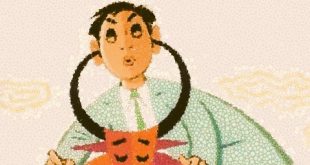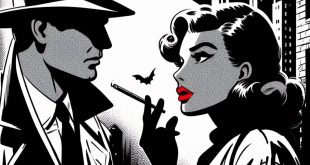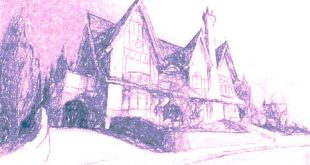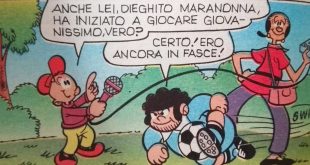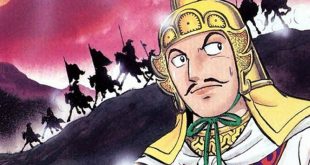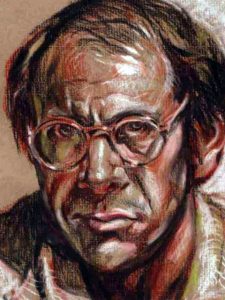 The Canadian illustrator known for his underground comics
The Canadian illustrator known for his underground comics
Artistically speaking, his story as a cartoonist began on Edmonton’s windy plateau, flourished between Vancouver and San Francisco, and ended in a backwater in the Strait of Georgia on Lasqueti Island. In his later years, on Lasqueti Island, Rand Holmes https://www.fantagraphics.com/products/the-artist-himself focused on surrealist oil painting, with a specific predilection for Magritte, Picasso and Warthog. He died in 2002 in Nanaimo (British Columbia), yet his fervent artistic creativity has not been forgott. In fact, since 2007, he has been among the Giants of the North, and a retrospective of his work was present in his Gulf Island home.
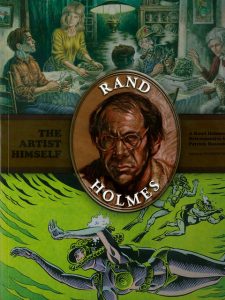
 Rand Holmes https://www.patrickrosenkranz.info/rand-holmes, Canadian artist and illustrator known for his work in underground comics, was born into a February day 1942 in Truro (Nova Scotia). Raised in Edmonton (Alberta), he learned to draw on his own as a teenager. Married young, he worked as a sign painter, but in 1969 he moved to Vancouver, working there as an illustrator at a weekly underground tabloid.
Rand Holmes https://www.patrickrosenkranz.info/rand-holmes, Canadian artist and illustrator known for his work in underground comics, was born into a February day 1942 in Truro (Nova Scotia). Raised in Edmonton (Alberta), he learned to draw on his own as a teenager. Married young, he worked as a sign painter, but in 1969 he moved to Vancouver, working there as an illustrator at a weekly underground tabloid.

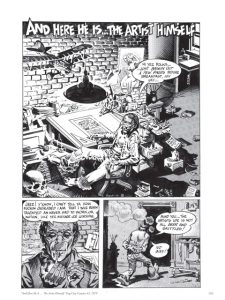 His story is illustrate with comics and paintings that he drew as a teenager. He imagines a mural full of covers for Georgia Straight, pornographic cartoons for the Vancouver Star, Slow Death Funnies comics, Grateful Dead Comix and many more. His ashes are buried near the Art Center which he encouraged the construction of on the island of Lasqueti. A gentle and kind man, Rand Holmes https://abcbookworld.com/writer/holmes-rand/ designed covers for The Straight and created the Harold Hedd comic, which later appeared in various publications such as The Body Politic. Hitler’s Cocaine, published by in 1984, was not only his longest history, but also the one that received the most success among European readers.
His story is illustrate with comics and paintings that he drew as a teenager. He imagines a mural full of covers for Georgia Straight, pornographic cartoons for the Vancouver Star, Slow Death Funnies comics, Grateful Dead Comix and many more. His ashes are buried near the Art Center which he encouraged the construction of on the island of Lasqueti. A gentle and kind man, Rand Holmes https://abcbookworld.com/writer/holmes-rand/ designed covers for The Straight and created the Harold Hedd comic, which later appeared in various publications such as The Body Politic. Hitler’s Cocaine, published by in 1984, was not only his longest history, but also the one that received the most success among European readers.
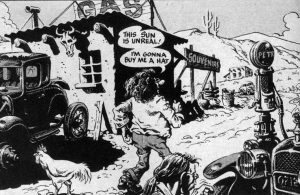 After a childhood that included honing his artistic talent with the styles of Jack Davis and Harvey Kurtzman, he became a cartoonist and illustrator at a youth-oriented counterculture newspaper. He learned to draw by copying stories drawn by Wallace Wood and Will Eisner. His first cartoons were publish in Help Magazine. The restless cartoonist has generated cartoons and comics for White Lunch Comix, All Canadian Beaver Comics and Dope Comics. Rand Holmes‘ work https://www.wolfgangs.com/rand-holmes/ has appeared in underground comics such as White Lunch Comix and Fog City Comics, as well as horror story scripts for Pacific Comics.
After a childhood that included honing his artistic talent with the styles of Jack Davis and Harvey Kurtzman, he became a cartoonist and illustrator at a youth-oriented counterculture newspaper. He learned to draw by copying stories drawn by Wallace Wood and Will Eisner. His first cartoons were publish in Help Magazine. The restless cartoonist has generated cartoons and comics for White Lunch Comix, All Canadian Beaver Comics and Dope Comics. Rand Holmes‘ work https://www.wolfgangs.com/rand-holmes/ has appeared in underground comics such as White Lunch Comix and Fog City Comics, as well as horror story scripts for Pacific Comics.
 In 1969, in Vancouver, he started working for Georgia Straight, an underground weekly tabloid, developing the adventures of Harold Hedd. In his heyday, Rand Holmes https://comicvine.gamespot.com/rand-holmes/4040-20233/issues-cover/ was Canada’s most revolutionary cartoonist. One of his bold, cheeky hippie hero with little desire to work, and who explored free love (Harold Hedd) became the spokesperson for the counterculture of those times.
In 1969, in Vancouver, he started working for Georgia Straight, an underground weekly tabloid, developing the adventures of Harold Hedd. In his heyday, Rand Holmes https://comicvine.gamespot.com/rand-holmes/4040-20233/issues-cover/ was Canada’s most revolutionary cartoonist. One of his bold, cheeky hippie hero with little desire to work, and who explored free love (Harold Hedd) became the spokesperson for the counterculture of those times.
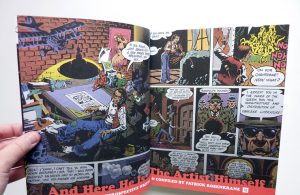 A very reserved man, he expressed his feelings in what in his day was consider a not very respectable job. His life story is document in comics and paintings spanning his entire career. Some of Rand Holmes‘ comic novels https://www.amazon.co.uk/Artist-Himself-Rand-Holmes-Retrospective-ebook/dp/B01N6J8GYU, such as Wings Over Tijuana and Hitler’s Cocaine, are offered as documentation of the work of this truly gifted artist.
A very reserved man, he expressed his feelings in what in his day was consider a not very respectable job. His life story is document in comics and paintings spanning his entire career. Some of Rand Holmes‘ comic novels https://www.amazon.co.uk/Artist-Himself-Rand-Holmes-Retrospective-ebook/dp/B01N6J8GYU, such as Wings Over Tijuana and Hitler’s Cocaine, are offered as documentation of the work of this truly gifted artist.
 The sole purpose of this site is to spread the knowledge of these creative people, allowing others to appreciate their works. If you want to know some already published cartoonists, you can type https://meetingbenches.com/category/cartoonists/. The intellectual properties of the images appearing in this blog correspond to their authors.
The sole purpose of this site is to spread the knowledge of these creative people, allowing others to appreciate their works. If you want to know some already published cartoonists, you can type https://meetingbenches.com/category/cartoonists/. The intellectual properties of the images appearing in this blog correspond to their authors.
 Meeting Benches World art in all forms
Meeting Benches World art in all forms

